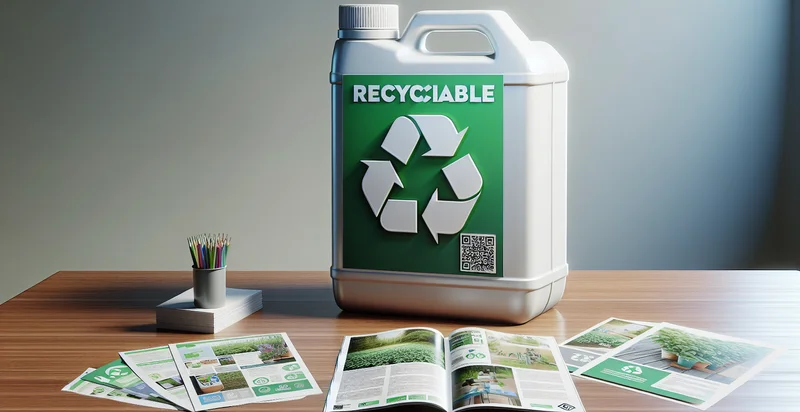Identify pesticide presence
using AI
Below is a free classifier to identify pesticide presence. Just upload your image, and our AI will predict if pesticides are present - in just seconds.

Contact us for API access
Or, use Nyckel to build highly-accurate custom classifiers in just minutes. No PhD required.
Get started
import nyckel
credentials = nyckel.Credentials("YOUR_CLIENT_ID", "YOUR_CLIENT_SECRET")
nyckel.invoke("pesticide-presence", "your_image_url", credentials)
fetch('https://www.nyckel.com/v1/functions/pesticide-presence/invoke', {
method: 'POST',
headers: {
'Authorization': 'Bearer ' + 'YOUR_BEARER_TOKEN',
'Content-Type': 'application/json',
},
body: JSON.stringify(
{"data": "your_image_url"}
)
})
.then(response => response.json())
.then(data => console.log(data));
curl -X POST \
-H "Content-Type: application/json" \
-H "Authorization: Bearer YOUR_BEARER_TOKEN" \
-d '{"data": "your_image_url"}' \
https://www.nyckel.com/v1/functions/pesticide-presence/invoke
How this classifier works
To start, upload your image. Our AI tool will then predict if pesticides are present.
This pretrained image model uses a Nyckel-created dataset and has 2 labels, including Pesticide Absent and Pesticide Present.
We'll also show a confidence score (the higher the number, the more confident the AI model is around if pesticides are present).
Whether you're just curious or building pesticide presence detection into your application, we hope our classifier proves helpful.
Related Classifiers
Need to identify pesticide presence at scale?
Get API or Zapier access to this classifier for free. It's perfect for:
- Agricultural Monitoring: The pesticide presence identifier can be integrated into agricultural monitoring systems to help farmers assess the health of their crops. By identifying the presence of pesticides, farmers can make informed decisions about their crop management practices and reduce the risk of pesticide overuse.
- Environmental Compliance: Regulatory agencies can utilize the pesticide presence identifier to ensure compliance with environmental regulations. By analyzing soil and water samples, agencies can detect excessive pesticide residues and enforce regulations to protect ecosystems and public health.
- Food Safety Assurance: Food processing companies can implement this technology to test incoming raw materials for pesticide residues. Ensuring that the raw ingredients meet safety standards will help maintain product quality and safeguard consumer health.
- Supply Chain Transparency: Retailers can utilize the pesticide presence identifier to verify the safety of produce in their supply chain. This can enhance transparency by ensuring that suppliers maintain pesticide regulations, ultimately fostering consumer trust and brand integrity.
- Research and Development: Agricultural researchers can employ the pesticide presence identifier in studies that analyze the effects of agricultural practices on the environment. This can lead to the development of more sustainable farming methods and help in creating eco-friendly pesticides.
- Pest Control Training: Pest control companies can integrate this technology into training programs for staff. By accurately identifying pesticide presence, trainees can learn to implement more effective and targeted pest management solutions that minimize environmental impact.
- Public Health Awareness: Public health organizations can use the pesticide presence identifier to assess and inform communities about pesticide exposure risks. This initiative can raise awareness regarding local agricultural practices and promote safer usage, thereby enhancing community health outcomes.


